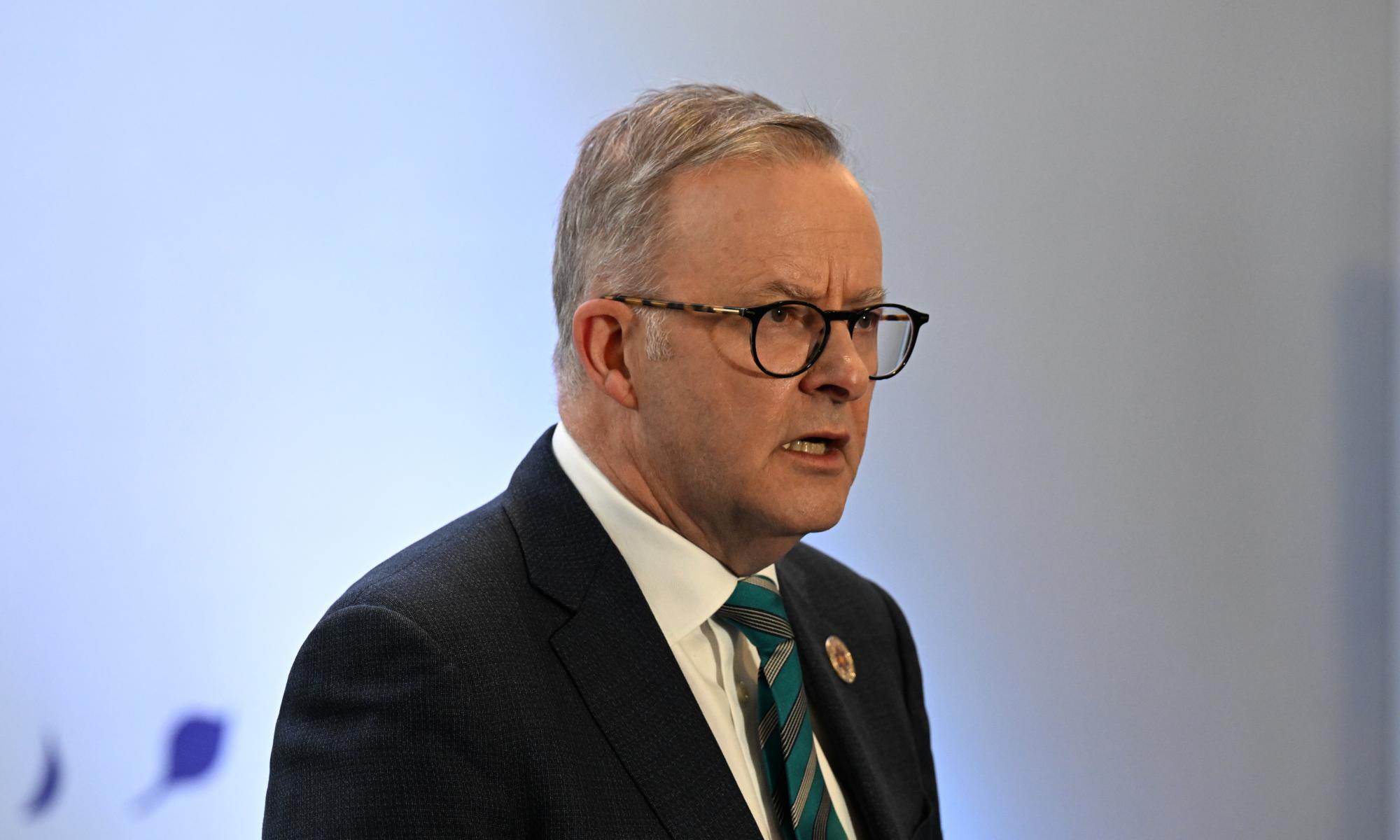On a beach in Haiti, sits a plastic bottle – one among thousands of others. One day a person comes along, picks it up and puts it in a bag with many other bottles. The bag is taken to a depot, weighed, and its collector receives credit for the combined value of the discarded plastic. The collector is a person with few other employment prospects and the depot is run by Plastic Bank, a social enterprise with locations in coastal countries across the globe.
Zoom across the Atlantic ocean and a person is scanning the shelves in a hardware store. They select a bottle of Jeyes household cleaner and put it in their shopping basket.
These might seem like two separate stories but they are, in fact, related. That’s because this is the story of the circular economy – where there is no beginning, middle, or end – and where solutions follow a variety of pathways.
What is the circular economy?
The circular economy is a rejection of our current “take, make, waste” industrial model, where resources are extracted, goods are manufactured with those resources, and then discarded. According to the Ellen MacArthur Foundation, which campaigns to cut waste, the circular economy should do three main things “design out waste and pollution, keep products and materials in use, and regenerate natural systems”.
Henkel, the large consumer goods company that manufactures that bottle of cleaner, along with many other recognisable brands, has committed to increasing the proportion of recycled plastic in its products to at least 30% and to decouple from virgin fossil-based plastic by 2025. It is partnering with Plastic Bank to retrieve discarded plastics, which will comprise some of that proportion.
“We’ve actually seen a huge upsurge in the commitments that companies are making towards including recycled content [in their products],” says Leela Dilkes-Hoffman, senior research analyst for the New Plastics Economy initiative at the Ellen MacArthur Foundation. “At the moment, the amount of recycled content committed to be used is actually higher than the amount predicted to be available.”
This is great news for Plastic Bank and the reprocessing industry in terms of the demand for recycled material. “It’s having these [business] commitments in place that actually supports and maintains the recycling industry. There’s no point in designing recyclable packaging if you’re not then creating a market to actually buy that material back and put it into a product.” Indeed, Henkel has also committed to making 100% of its packaging recyclable or reusable by 2025 so, in effect, it is creating favourable conditions for a circular economy for plastics.
Recycling is just one part of the circle
It’s important to note that a circular plastics economy is much more than recycling, however. Big corporates such as Henkel are deploying an array of tactics such as reducing plastic use at the point of design, facilitating reuse and refill models, and incorporating bio-based plastics into their products. “In general, our overarching umbrella target is that we are transitioning towards a circular economy by incorporating recycled materials and design for recycling at the product development stage,” says Philippe Blank, head of circular economy and packaging sustainability at Henkel Beauty Care.

Let’s imagine an alternative scenario for our customer in the hardware store. Instead of selecting a product that is partly made from recovered plastic, that person instead grabs a container and fills it with liquid cleaning product from a large dispenser. Next time they need more, they bring back the container to be refilled. Henkel is currently piloting such a system in the Czech Republic, and zero-waste refill shops are popping up all the time in the UK and elsewhere across Europe.
Yet another way a circular plastics economy could play out is if our customer bought a bigger pouch of, say, liquid detergent and used it to refill her bottle twice. “One of the most efficient solutions to pack liquid goods in is definitely a flexible pouch,” says Blank. However, he says: “We need to ensure that these flexible solutions are designed for recycling, not out of multi-layer structures that are hard to recycle, which is oftentimes the case when it comes to flexibility. We have a huge movement within the flexible packaging industry to tackle this.”
But what if we got rid of plastic packaging altogether? Surely that would be the best solution to end plastic waste, and it fits with that first point in the Ellen MacArthur Foundation’s definition: design out waste and pollution. But how would that work for liquid products such as detergents or cleaners? Dilkes-Hoffman says the foundation is starting to see a shift to companies looking into providing solid products. This could mean you’ll eventually find yourself dropping, say, a tablet of concentrated detergent into your own bottle of water at home.
There are challenges around getting consumers to adopt such a product, however. “Sometimes these smaller concentrated products don’t look as enticing on a shelf compared with, you know, a two-litre bottle, even though 70% of the two-litre bottle is water.” Such a model could work well in an increasingly e-commerce oriented world, though. “It’s much lighter to post something without the water so there’s cost savings there,” she says.
Working together
As well as looking at all of these levers for change, a big part of the circular plastics economy story involves a huge network of actors collaborating together. Henkel is part of the New Plastics Economy initiative at the Ellen MacArthur Foundation, and is a founding member of the Alliance to End Plastic Waste.
The alliance works to end the leakage of plastic waste into the environment; its members include consumer brands, resin producers, packaging producers, recyclers and solid waste management companies. According to Jacob Duer, president and CEO, there is no single solution to achieving a true circular economy for plastics, so public-private partnerships such as this are crucial. “These partnerships demonstrate the collective responsibility we share in combating the challenge,” he says. “Private sector, local governments and NGOs all bring various and critical expertise and experiences that are invaluable in developing meaningful solutions on the ground.”
As well as a healthier and more resilient environment that is inherent in a circular economy, these meaningful solutions on the ground can also provide social benefits. The Haitian waste collector at the beginning of our story, with their employment through Plastic Bank, is testament to this. And although plastics should not have found their way into the environment to begin with, creating a system whereby as much as possible is collected and reworked into new products, such as that bottle of Jeyes cleaner, is one lever for change.
The story of the circular economy is ongoing, complex and has many iterations. For plastics specifically, there is a huge amount of innovation happening, whether that’s around designing for recycling, developing models to deal with plastic leakage, or experimenting with reuse or refill options. And while it is built on the idea of a never ending cycle, let’s hope that with some effort we will see an end to plastic waste.


